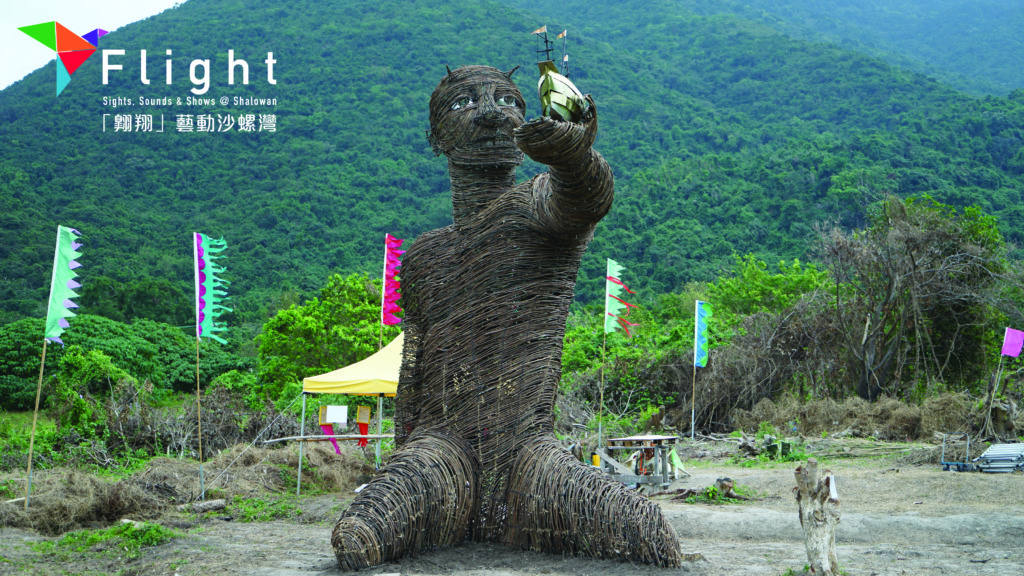
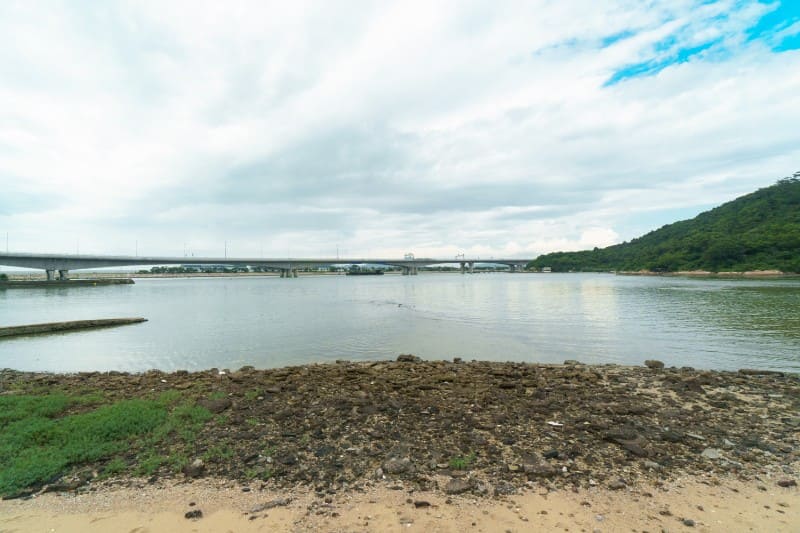
Photo: Cheung Wai Lok
Shalowan is located in northwest Lantau and nestles in a valley surrounded by verdant hills. The Pearl River Estuary is located just next to Shalowan. In every Autumn and Winter, strong northerly winds trigger high waves and thus bring a large amount of sands to the bay which contributed to the formation of the beach of Shalowan. It was said that molluscs could be found at the beach. The name of Shalowan was thus derived from this tale. According to the villagers, people had been residing at Shalowan since Ming dynasty. The number of residents at Shalowan once reached more than a thousand. In Xin’an Xianzhi, a book published in mid-Qing dynasty recording the general information and events of Xin’an County, “Shalowan” was mentioned a lot more than “Hong Kong”. Among all the villages on Lantau Island, Shalowan Village was mostly populated. During 1960s, there were about 100 families living in Shalowan with a population of over 800. Villagers made a living by farming and fishing and adapted to sunrise and sunset. When they were free at night, they could enjoy the view of stars shining over the clear sky. They all lived an ordinary and stable country life.
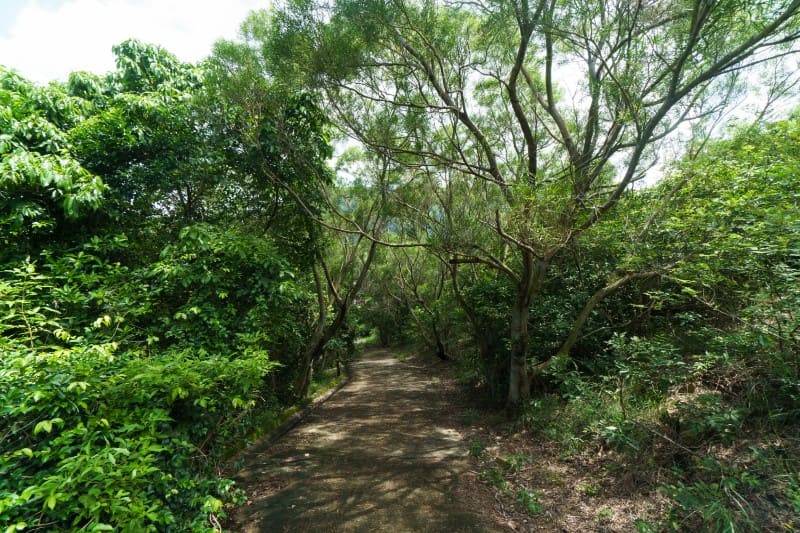
Photo: Cheung Wai Lok
According to Xin’an Xianzhi, agarwoods were produced in Lantau Island during Ming dynasty. Agarwoods were transported to Shalowan for packing and processing, and then they were shipped to Shek Pai Wan, Aberdeen for further transportation to Guangzhou. Tung O Ancient Trail, which passes through Shalowan Village, was therefore also called “Agarwood Trail”. In the past, agarwood collected from the fragrant trees were burnt in the incense burner in the temple by the villagers. Several inches of agarwoods were only taken at the lower one third of the tree trunks each time and from different trees each year so that agarwood trees could continue to grow throughout the years. Agarwood could be found at the back of Shalowan Village. However, they were all stolen by illegal immigrants years ago.
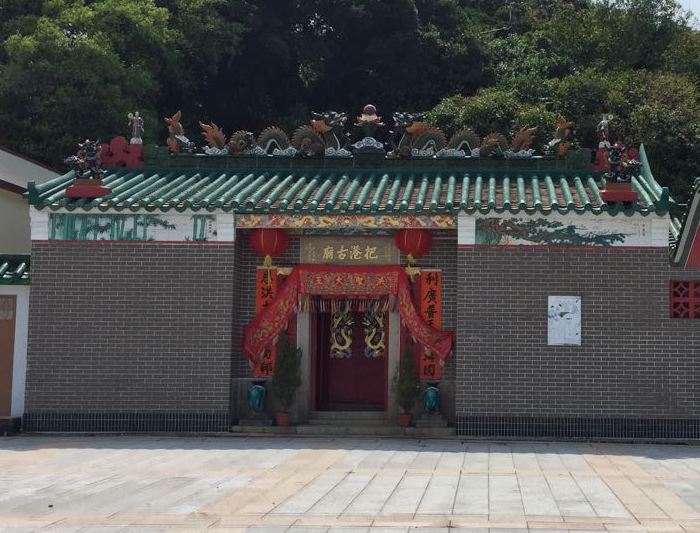
Prior to the colonial period of Hong Kong, there was an interesting story in Shalowan. In the period of Qianlong Emperor, strong winds and waves were adversely affected the fishing for the villagers. High tides and flooding caused deaths and damages. A ‘fung shui’ master suggested building a temple so as to worship “Pa Kong Dai Wong” which literally means the God that protects the bay. One night, this God appeared in the dream of one villager and it was found that the God was actually Hung Shing, who was worshiped by people in Southern China. Pa Kong Temple was built in 1774 with renovation in 1852, 1883, 1968, 1977 and 1980 as recorded on the steles. Antiques stored in the temple include a bronze bell made in 1774, incense burner made in 1876, two inscribed boards made in 1852 and 1898 respectively and woodcarving made in 1898.
The temple was severely damaged during a typhoon in 1966. As a result, a committee was organised in April 1967 for reconstructing the temple. The reconstruction was financially supported by the government’s district office, Chinese Temples Committee and other sponsors. In 2 November 1968, the temple was eventually reconstructed. Mr Barrie Wiggham, former District Officer, and Mr Chau Li-ping JP, former member of Chinese Temples Committee, were invited as guest in the re-opening ceremony. Renowned Cantonese Opera performers were also invited to perform in this ceremony. Initially, Shalowan Village planned to organise such performances for only three years due to limited budget. As the performances were well received, Cantonese Opera performances were organised each year for more than half a century and became a major celebration among the villagers.
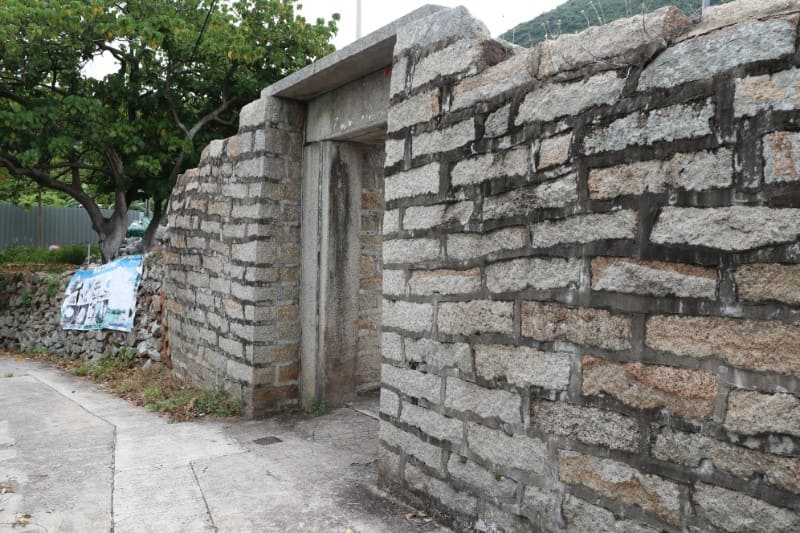
Shalowan Village was protected by the village wall. In 1930s, pirates were very active in Lantau Island. The purpose of building the village walls was to keep thefts awa. Sisals were planted at the top of the walls to prevent people climbing over the walls. The gate was locked by five wooden bars and a crossbar every night. Nowadays, the village wall is no longer used for protective purpose. The upper part of the wall and the gate had been demolished while the door frame was maintained.
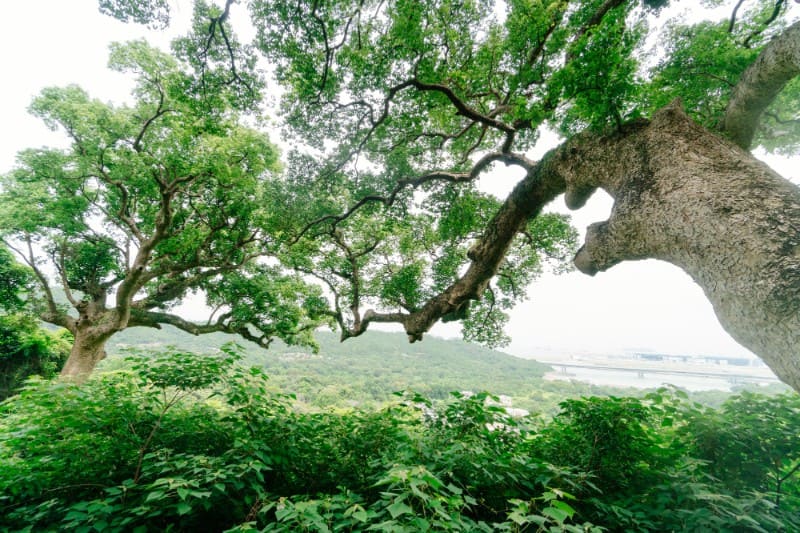
Photo: Cheung Wai Lok
It was said that the two giant camphor trees standing at the hill of Shalowan were already more than 400 years old. In the past, there were a lot of camphor trees around Shalowan. During the occupation of the Japanese army, there was a huge demand of timber due to a shortage of fuel. As a result, the Japanese soldiers lumbered everywhere including Shalowan Village. Every tree in every hill was nearly removed except these two giant trees. They are believed to be spiritual gods as smokes were seen from the tree after downpour. The Japanese soldiers did not dare to blaspheme the God. Hence, the two camphor trees escaped from the fate of getting burnt and became the ‘fung shui’ trees of Shalowan Village. The two camphor trees were so gigantic and spectacular that they could be clearly recognised from the Temple Ground.
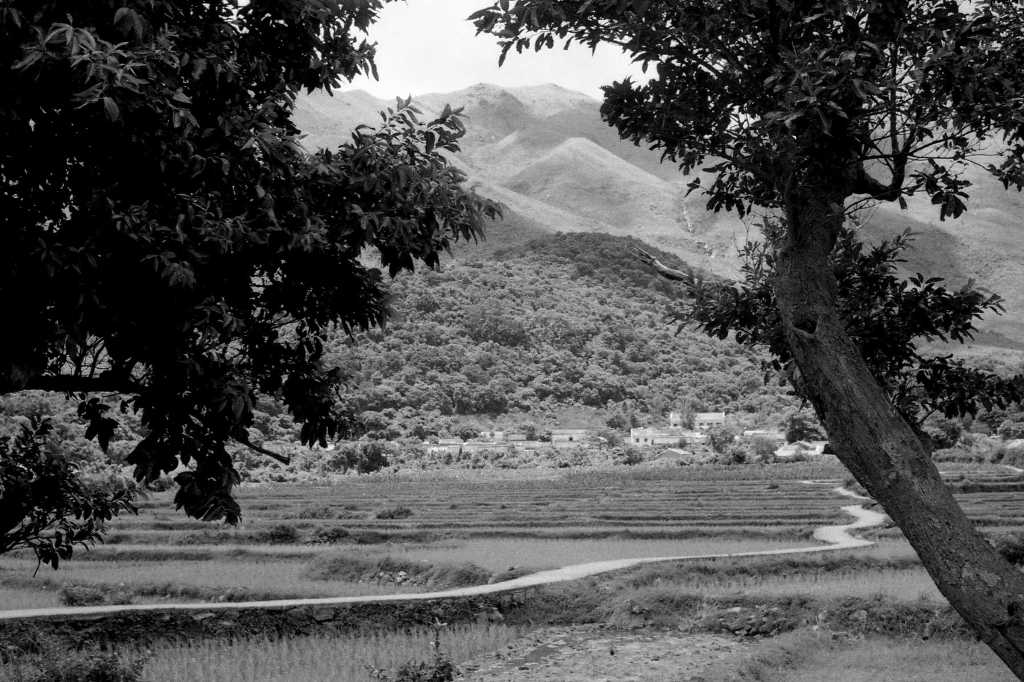
There were a lot of farms along Central Village Path. Can you recognise Shalowan Old Village?
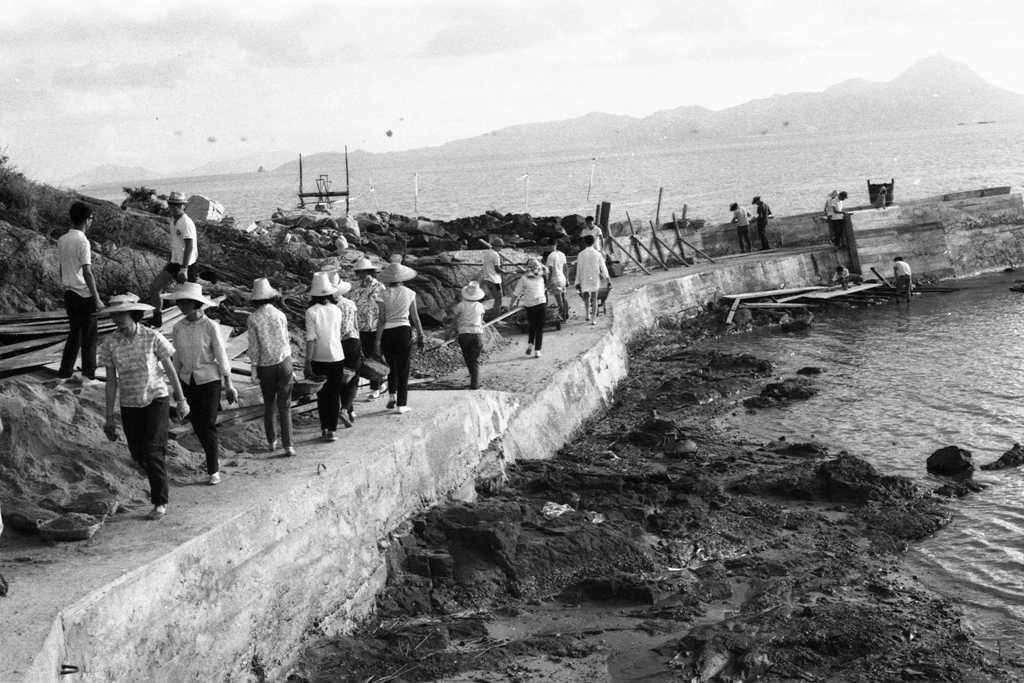
University students were renovating the old pier
In the 1960s, Shalowan villagers still made their living by farming and fishing. Farms could still be found along Central Village Path. At that time, the old Shalowan Pier was always flooded by high tides thus the villages could not go out to work. As a result, the government provided construction materials to the village while a group of university students organise a work camp in Shalowan to help renovate the pier. The summer camp also included classes organised by these university students to let the children in Shalowan enjoy learning and fun activities.
With the development of Hong Kong, a lot of villagers had moved to the city to work in order to improve their living standards. However, during major festivals, villagers return to the village to celebrate with their families, neighbours and friends. The emotional ties to Shalowan of the villagers are enduring. The stories in Shalowan were typical and important records of the lifestyle of farmers and fishermen around the Pearl River Estuary. The village also witnessed the development of Hong Kong from the pre-colonial period to the metropolitan era. Do you want to learn more about Shalowan? Join us in Flight – Sights, Sounds & Shows @ Shalowan on 3, 4, 10 & 11 November 2018. The villagers will be your tour guide and will share with you all the stories, memories and feelings in Shalowan.

